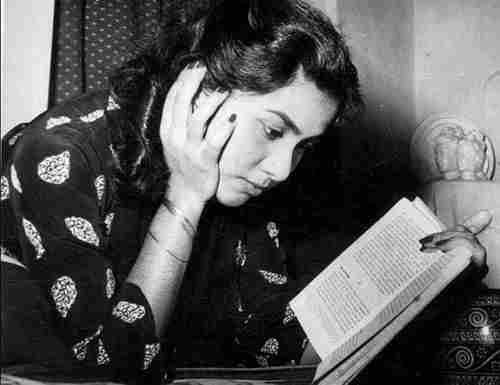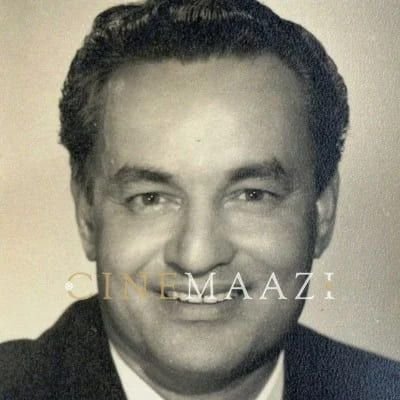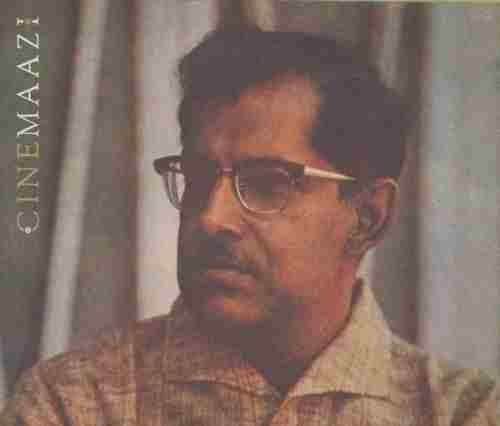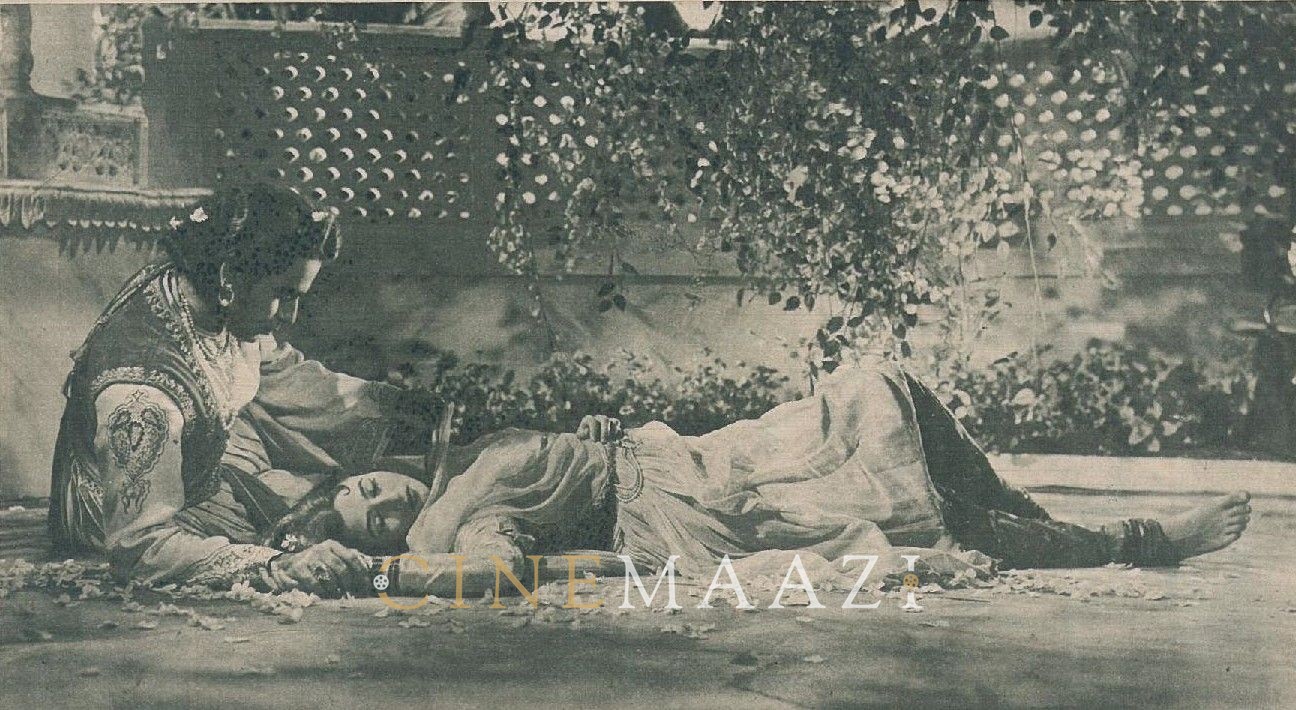Mughal-e-Azam: A Journey into its History
Subscribe to read full article
This section is for paid subscribers only. Our subscription is only $37/- for one full year.
You get unlimited access to all paid section and features on the website with this subscription.
Not ready for a full subscription?
You can access this article for $2, and have it saved to your account for one year.
Taqdeerein badal jaati hai, zamana badal jaata hai, mulkon ki tarikh badal jaati hai, Shahenshah badal jaate hai, magar is badalti hui duniya mein mohabbat jis insaan ka daaman thaam leti hai ... woh insaan nahi badalta.
When Dilip Kumar uttered these immortal words in K Asif’s epic celebration of love, a line in the sand of Indian cinema history was drawn. A milestone had been achieved, one that all historicals produced after will have to strive towards, and almost inevitably fail. Few films can overwhelm us with its emotional charge and sweeping scale like Mughal-e-Azam. Paeans of Mughal-e-Azam have been sung far and wide, rightly labelling it one of the most significant achievements in film form in India. The film went on to break box office records, was the first black and white Hindi film to be colourised and then enjoyed a second successful run at the theatres after its release. There are few films which can match up to that.
Just like all other classics, Mughal-e-Azam has spawned a galaxy of fascinating stories and legends about its making and the painstakingly detailed craftmanship that created it. While facts like the film’s long period of production – an epic in this regard as well, taking an astounding 16 years – are well known, there are still many snippets that remain underappreciated. Along with these stories, there is a gallery of magnificent images of the film and it’s making that dazzle even today. Here are a few such images accompanied by some rare stories about this enduring classic.

K Asif himself conceptualised the film in 1944. At that point, Amanullah Khan, Wajahat Mirza and Kamal Amrohi were to help him write the screenplay. But his original producer Shiraz Ali Hakim migrated to Pakistan after the Partition, but recommended Shapoorji Pallonji Mistry before he left. Pallonji and K Asif would have many fights over the next decade as Asif struggled to realise his vision. But Pallonji stuck by him till the end. It may come as a shock to learn the original casting of the film. It was supposed to be Chandra Mohan, D K Sapru and Nargis in the pivotal roles. But Chandra Mohan passed away in 1949 and later Prithviraj Kapoor, Madhubala and Dilip Kumar were cast to play the leading roles.
.jpeg/whatsapp-image-2020-07-31-at-8-21-28-am%20(1)__448x600.jpeg)

.jpeg/WhatsApp%20Image%202020-08-07%20at%201_19_16%20PM%20(1)__564x480.jpeg)
.jpeg/WhatsApp%20Image%202020-08-07%20at%201_19_16%20PM%20(2)__452x600.jpeg)
.jpeg/WhatsApp%20Image%202020-08-07%20at%201_19_16%20PM%20(3)__442x600.jpeg)

K Asif also initially thought Dilip Kumar to be unsuitable for the role of Salim. He felt Kumar lacked the required stature to play the Mughal prince, claiming that he will only cast him if he penned the script ten years later. For the role of young Salim, a young Ustad Zakir Hussain had been considered. But ultimately the role came to be essayed by a young Jalal Agha.
The film itself took nine years to complete its shoot. At the end of it Asif had shot enough film reel to make three films out of them. Tales are told about his unflinching perfectionism which necessitated expensive constructions of sets and costumes. The costumes were stitched in Delhi and embroidered in Surat, the jewellery made in Hyderabad, the crowns crafted in Kolhapur, the weapons brought from Rajasthan and the shoes made in Agra. A pure gold statue of Lord Krishna was crafted. It is as if Asif not only wanted to showcase the opulence of the Mughal Empire, but that of India itself.
The Sheesh Mahal set itself took over two years to complete. The art director M K Syed (who would also work on Asif’s ill-fated Love and God later) wanted to replicate the Sheesh Mahal at Lahore Fort and had glass imported from Belgium with artists from Firozabad working tirelessly on it. An artist called Agha Shirazi was also specially employed for its construction. In its final form the set was 150 feet long, 80 feet wide and 35 feet wide with thousands of coloured mirrors fitted on it. The set’s unique design caused cinematographer R D Mathur quite a few headaches. He tried various techniques to reduce the glare coming off the glass, ultimately adopting the bounce lighting technique to achieve the required effect. The end result is probably one of the most glorious sequences put on the cinema screen. The set was allowed to stay up in Mohan Studios for over three years, becoming a bit of an attraction itself.

Image Courtesy: Filmfare, 1960
The two of them sat together all evening and all night, trying to come up with a mukhda for the song. But nothing was really clicking and at long last a tired Badayuni got up to leave. While seeing him off at the door Naushad expressed his regret that the mukhda could not be written. He said, ‘Kya karen Asif sahib se pyar kiya hein to darna kaisa, we will tell him in the morning that we are still working.’
Shakeel Babdayuni froze at the doorstep, turned back and said, ‘Mukhda mil gaya.’ (We found the mukhda)

The song still reportedly underwent 105 drafts before it was finalised. 60 years later, it seems K Asif’s insistence and Naushad and Badayuni’s hard work paid off, as Pyar kiya to darna kya today is far more popular than its counterpart from Anarkali.


In the famous opening scene of the film Prithviraj Kapoor is seen walking barefoot on the sand towards Ajmer Sharif, in search of an heir to the Mughal Empire. It is said that the sand was so hot that he started getting blisters in his feet. In order to encourage him, K Asif himself walked barefoot alongside him to make sure the shot went off without a hitch.

Dilip Kumar was apprehensive about the regalia he was made to wear for the film. When he expressed his concerns regarding the same, K Asif simply said to him that if the real Prince Salim could deal with it, so can he. This blunt comment was then followed by gales of laughter. The reason was Kumar’s comical appearance in a wig. Ultimately the wig was dropped as it was not suitable. But Dilip Kumar being Dilip Kumar, flew to London and hired a specialist to make a wig for this film. He waited six months before the wig was finished.
No expenses were spared for the premiere either. Going all out in terms of spectacle, the film’s reels were sent to Maratha Mandir on the backs of actual elephants.

A little-known fact about Mughal-e-Azam is that it was the first Hindi film to be shot in three languages – Hindi/Urdu, Tamil and English. The actors were made to lip sync to the Tamil and English dialogues which were later to be dubbed. While the Hindi version proved to be a huge success, the Tamil version could hardly make a mark. As a result, plans for the release of the English version were scrapped.
In 2016 Feroz Abbas Khan adapted the film into a stage musical, with the blessings of Shapoorji Pallonji Mistry. The play featured all the original songs, which were sung live by the actors onstage. The play received a warm reception upon release and was considered a resounding success.
Today, on the film's 60th anniversary the film's script was submitted by Akbar Asif, the son of K Asif to be archived in the prestigious Oscars library. It is a befitting for the film to be enshrined along with the greatest films ever made in history.
When one hears the stories of the film’s expensive production, and long years of being stuck in development purgatory, the film could have been written off as a disaster in the making. But the film not only met the lofty expectations of the audience but completely transcended them as well. It has cemented its place as part of our popular imagination as the quintessential Hindi spectacle. The influence of its scale can still be felt in modern day historicals. As the film completes its 60 year anniversary, it is worth revisiting and rethinking its legacy – a legacy so rich that it will probably never be surpassed.
References
Cinemaazi thanks Mr Sundeep Pahwa for the invaluable information he contributed to this feature.
The anecdote about the song Pyar kiya to darna kya was told by Raju Naushad during the rehearsal session of Ibadaat programme in the presence of Javed Badayuni, son of Shakeel Badayuni. It was originally narrated in Hindi which has been translated by Mr Sundeep Pahwa.
https://www.youtube.com/watch?v=Bj2ZUM0r2Fk&feature=youtu.be
https://www.google.com/amp/s/indianexpress.com/article/entertainment/bollywood/mughal-e-azam-screenplay-enters-oscars-library-to-mark-60th-anniversary-6539191/lite/








.jpg)


